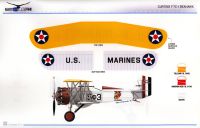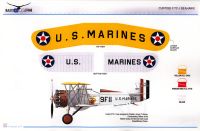Lukgraph | 32-03: 1/32 Curtiss F7C-1 Seahawk
Reviewed by Kevin Futter

Lukgraph is a relatively new resin kit producer from Poland, specialising in esoteric between-the-wars aircraft. This kit of the Curtiss F7C-1 Seahawk [Wikipedia] is the company's second entry into 1/32 scale. I must confess that I hadn't heard of this aircraft prior to receiving this kit, and find it both admirable and courageous that a manufacturer would release a boutique kit in 1/32 scale of such an esoteric subject. We certainly live in bounteous times!
The kit itself ships in a small, but sturdy cardboard box, with the contents parceled out into resealable bags, and the whole lot protected by a sheet of bubble wrap:
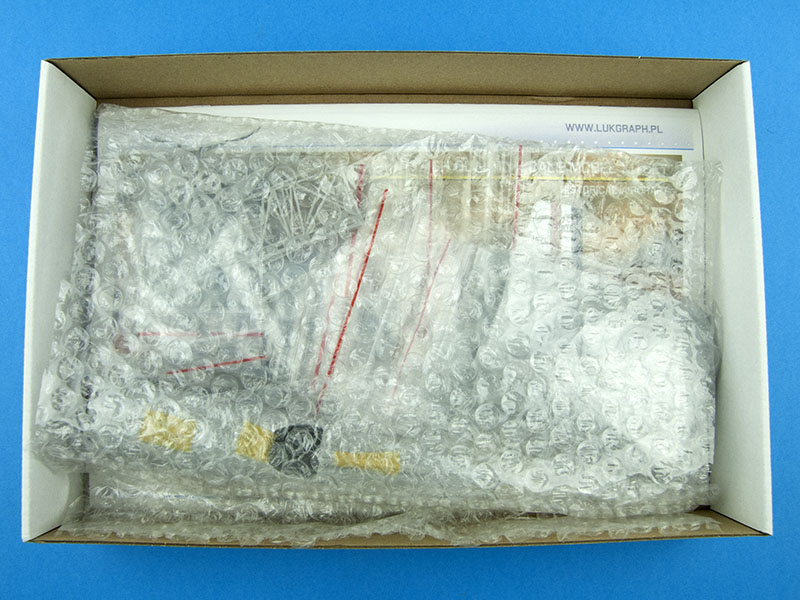
Here's what you get in the box:
- 154 resin parts
- 1 photo-etched fret
- 1 small sheet of clear acetate
- 1 small sheet of printed instrument faces (pre-cut, self-adhesive)
- 2 decal sheets
- 1 full colour instruction booklet
The Fuselage
The company's website says the kit contains 154 resin parts, so let's take a look at them. The resin itself is a mid-grey colour, similar to many injection-moulded plastic kits. The fuselage halves have already been removed from their casting blocks, and ship taped together:

The casting is nice and crisp, and completely free of any obvious warpage, air bubbles or other casting defects. The panel lines are quite heavy, though, and not completely consistent in either depth or width:
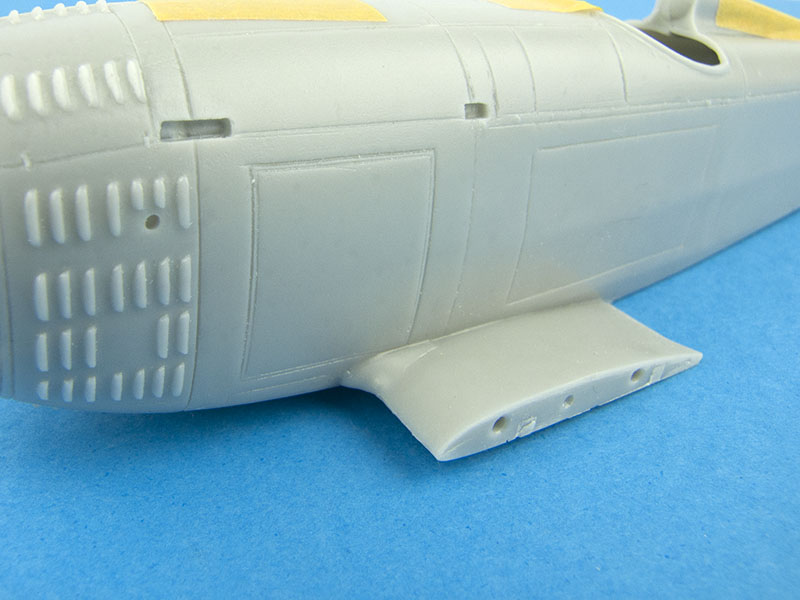
The seam formed by the bottom of the two fuselage halves is quite rough, and will need some careful attention during assembly:

There's an unfortunate bit of moulding on top of the forward fuselage, where the join between the two halves completely bisects the moulded-in cooling vents:
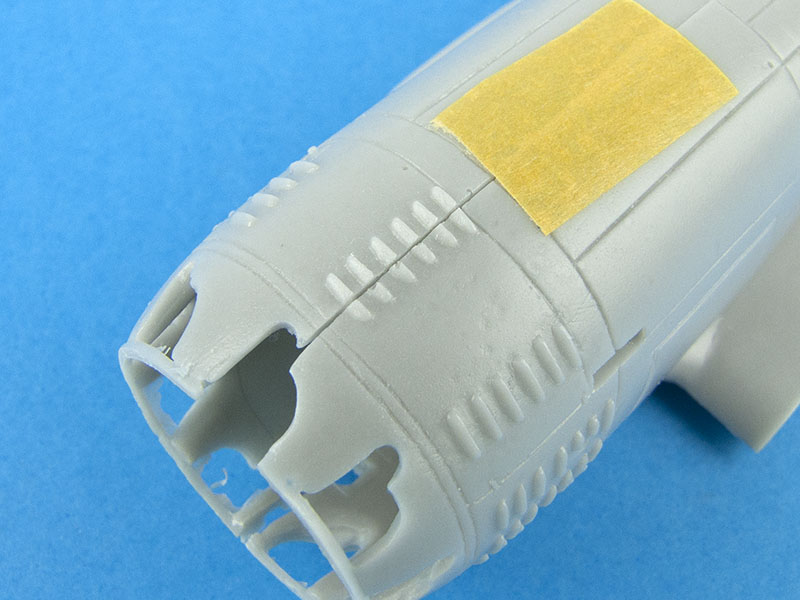
This will be difficult to deal with, and I think an insert panel for that area of the fuselage would have been a better approach.
The Wings
The rest of the parts are distributed throughout a collection of resealable plastic bags, and one in particular is quite heavy. This is because it contains the wings, which are cast in solid resin:
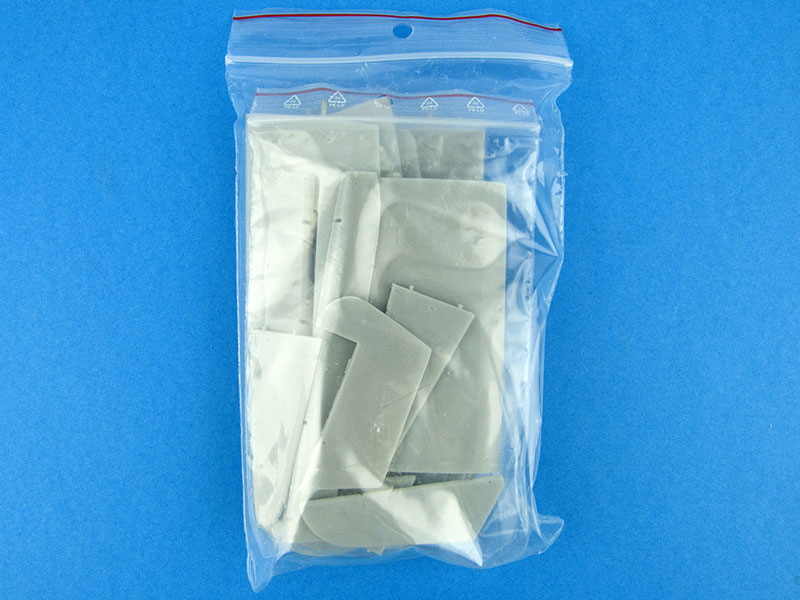
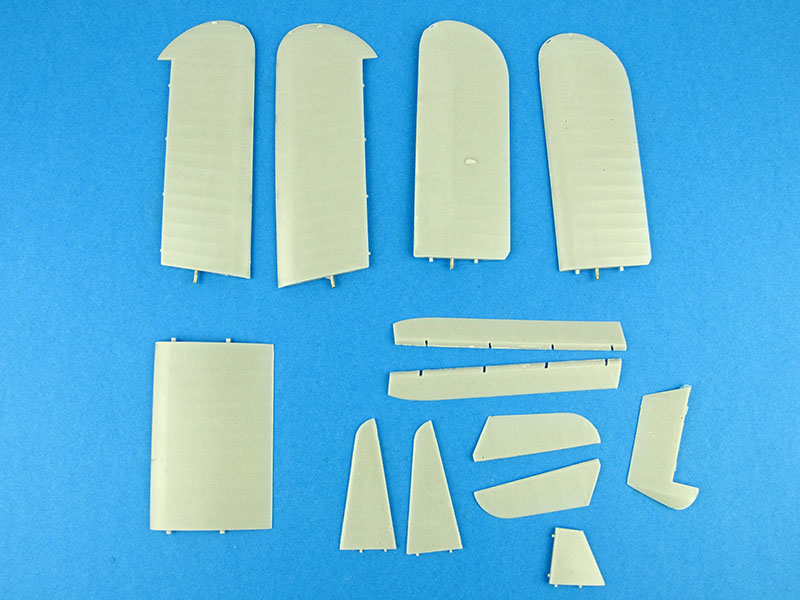
We have two upper wing segments, plus a centre section to join them, and two lower wing sections, which mate with stubs on each fuselage half. Note that this bag also contains the parts for the tailplane.
The main upper and lower wing pieces each feature an embedded brass rod to reinforce their joins:
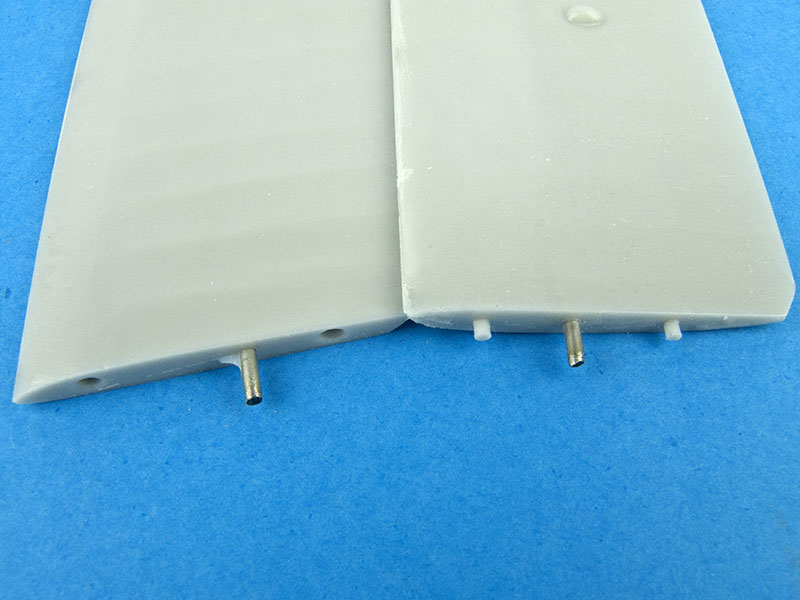
There are some rough edges, however, such this corner detail on the lower wings, which I presume to be some kind of hand-hold for maneouvering the aircraft on the ground:
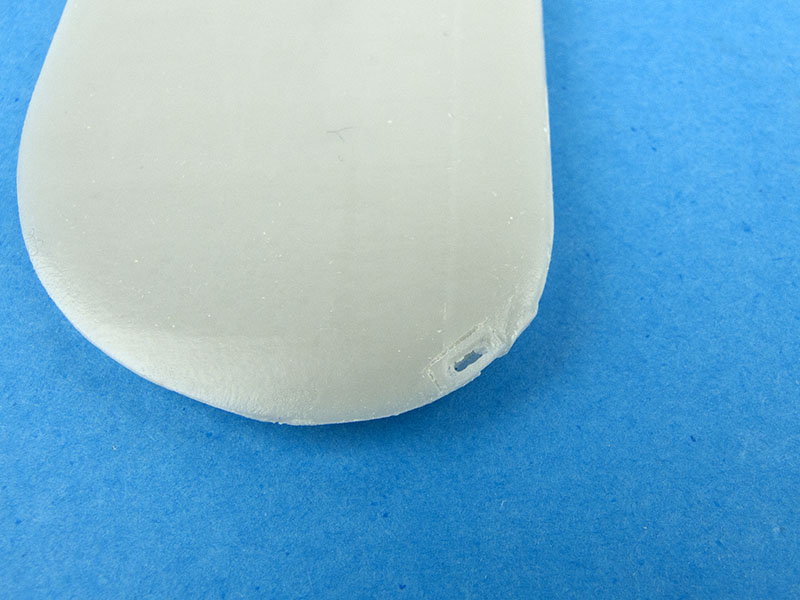
While not ideal, it should present an experienced modeller with no particular difficulties.
The Detail Parts
The detail parts are housed in several more resealable plastic bags, which are themselves contained within one larger bag:

In all cases, the casting blocks have already been removed from the detail parts, though there is still some clean-up to be done. Like all resin kits, careful fitting, with lots of dry-runs, will definitely be required when building this model.
In one bag is an assortment of cockpit parts, as well as the main wheels, gearbox reduction housing, and underbelly fuel tank:
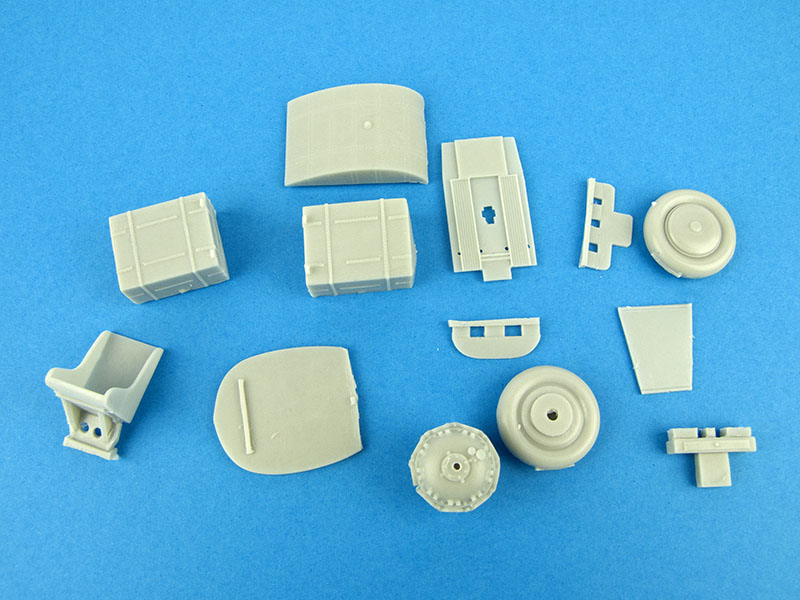
The engine cowl cover is stored in a bag by itself. Typically, there is some resin flash to clean up, and the remnants of the casting blocks will need to be eliminated also:
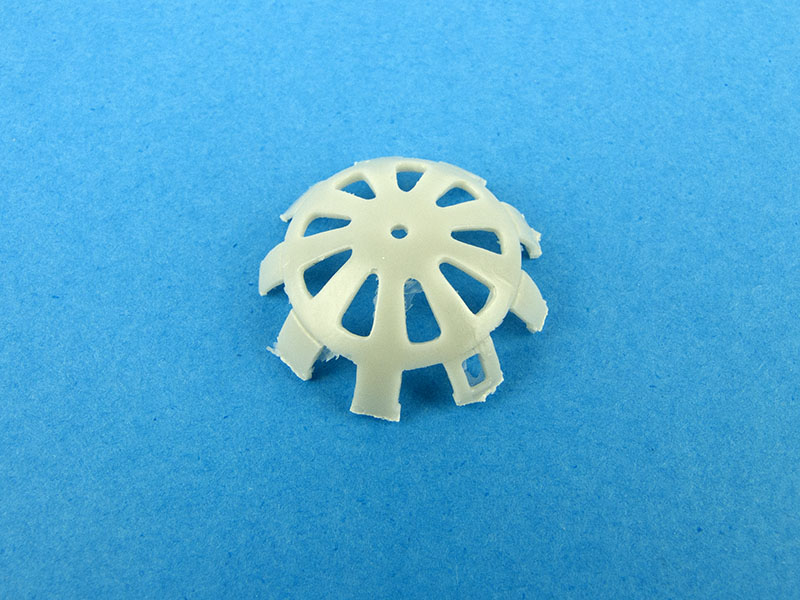
The next bag contains the delicate internal framing and assorted structural elements for the fuselage and cockpit, along with the two propeller blades:
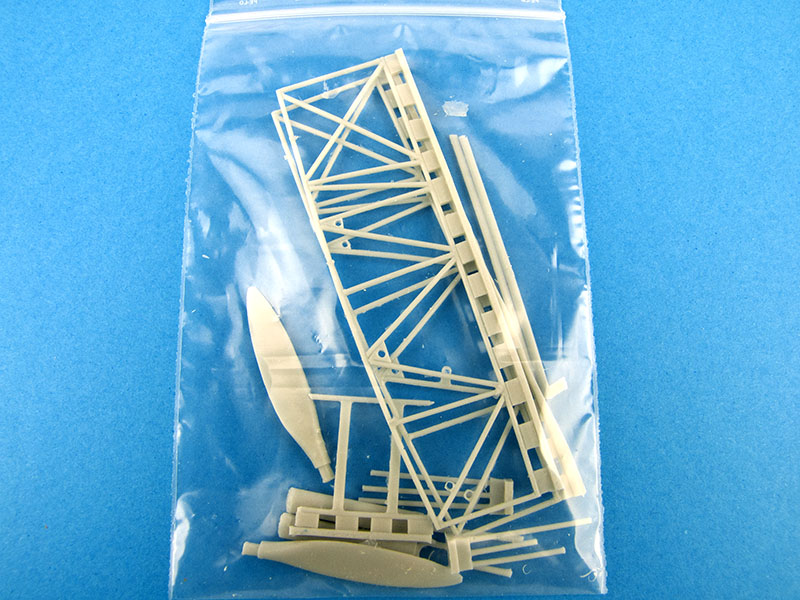
The third bag contains all the interplane struts and wing support bracing:
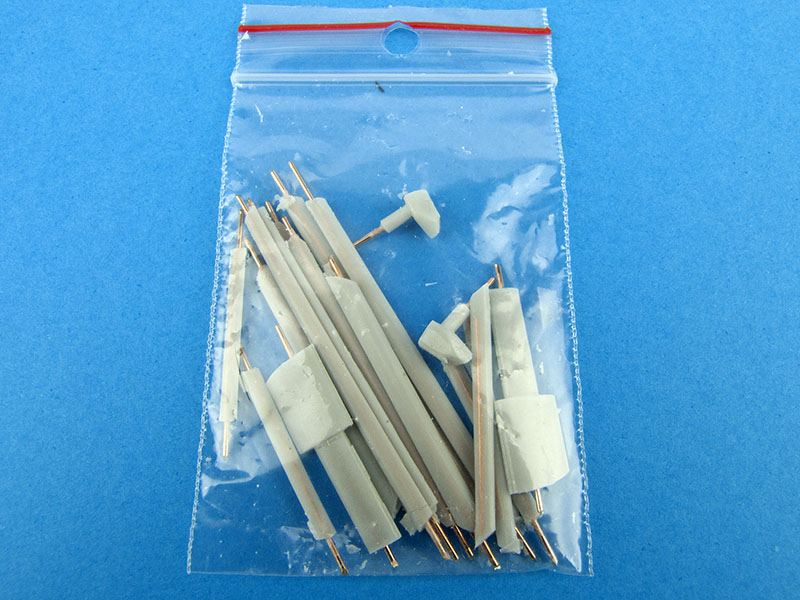
They are cast around a brass rod core, though on some parts the brass appears to be almost fully exposed. I ran my thumbnail over them, and couldn't detect anything that felt like an exposed lump, however. A solid coat of primer will reveal if there are actually any such issues, which will obviously require a bit more work to rectify.
The fourth bag is full of small detail parts, mostly destined for the cockpit:
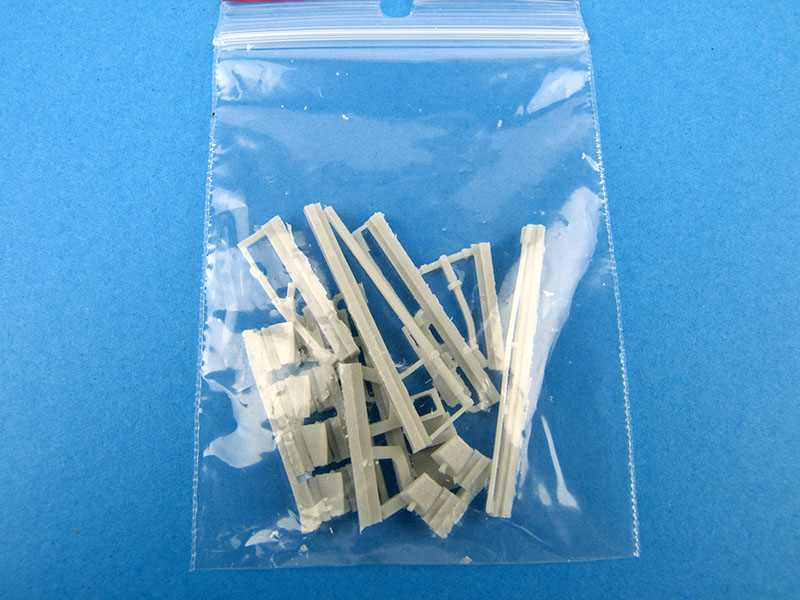
The fifth bag contains the engine cylinders and an assortment of other detail parts for the engine:
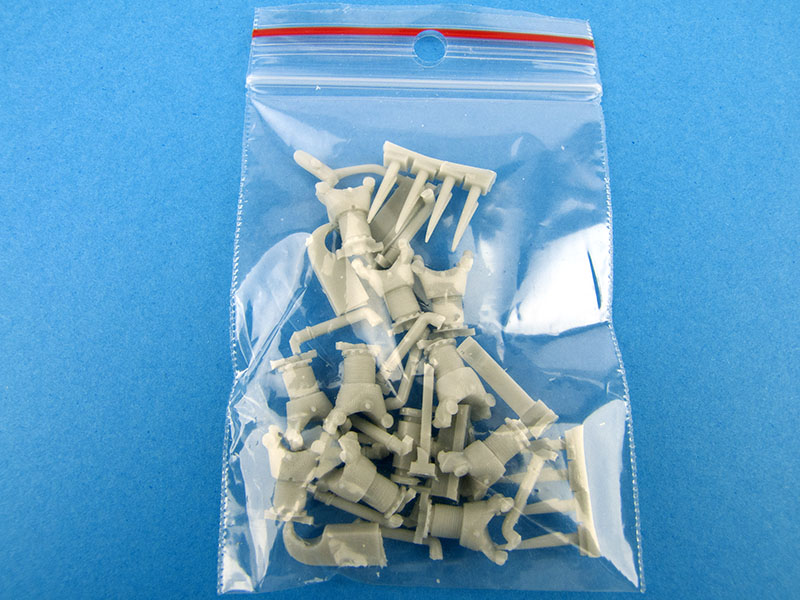
The cylinders themselves are nicely cast, but there's a moulding seam running down the centre of each one:
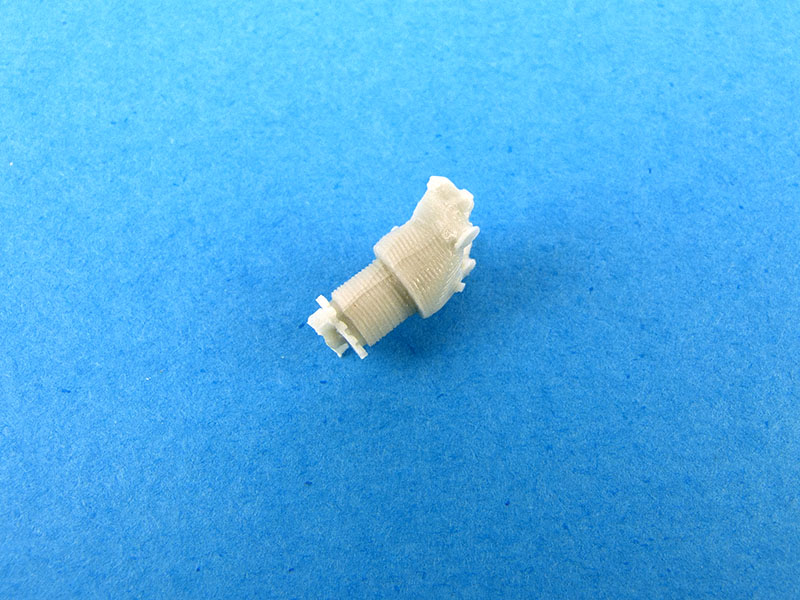
The last bag contains more internal detail parts:

Again, these look to be nicely done, but it will certainly be a challenge dealing with all those small, fragile parts!
The Windscreen
The kit provides a small windscreen part cast in clear resin:
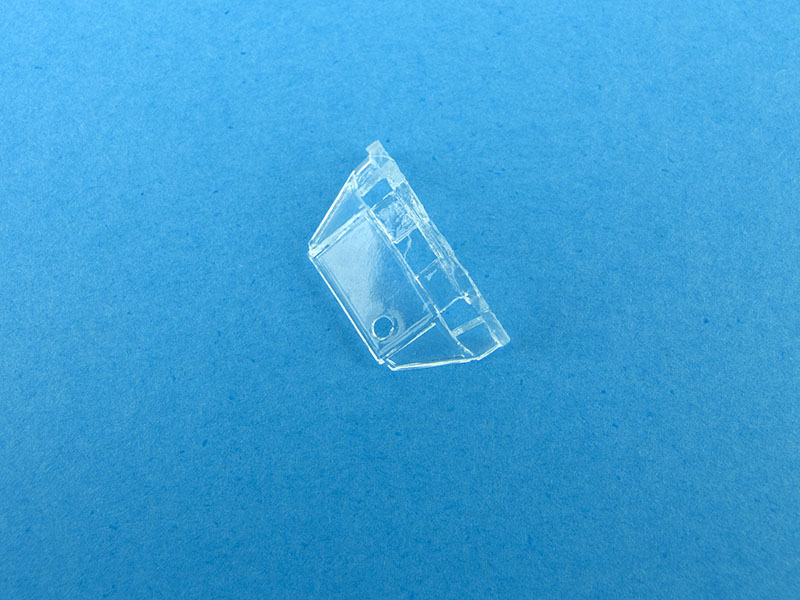
The section along the top (which is actually the bottom of the windscreen itself), that looks like separate window panes, is in fact the clear casting block. Great care will be required when removing the actual part!
While clarity is not on par with the best injection-moulded parts, it still nicely passes my standard clarity test, and should look good on the model:
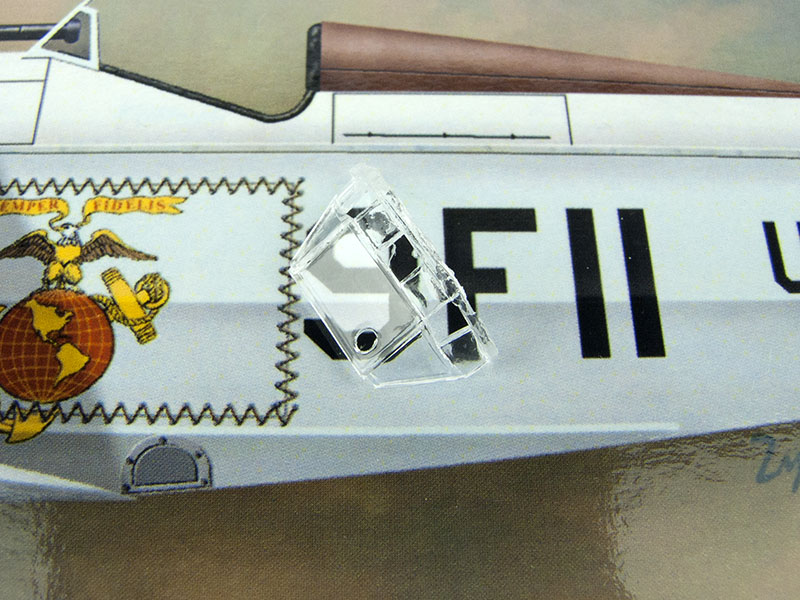
The Photo-Etched Fret
The kit includes a small fret of photo-etched parts, including seat belts, instrument panels, and other details. It also includes some very fine stitching detail to adorn the fuselage sides, and some access panels for the wings.
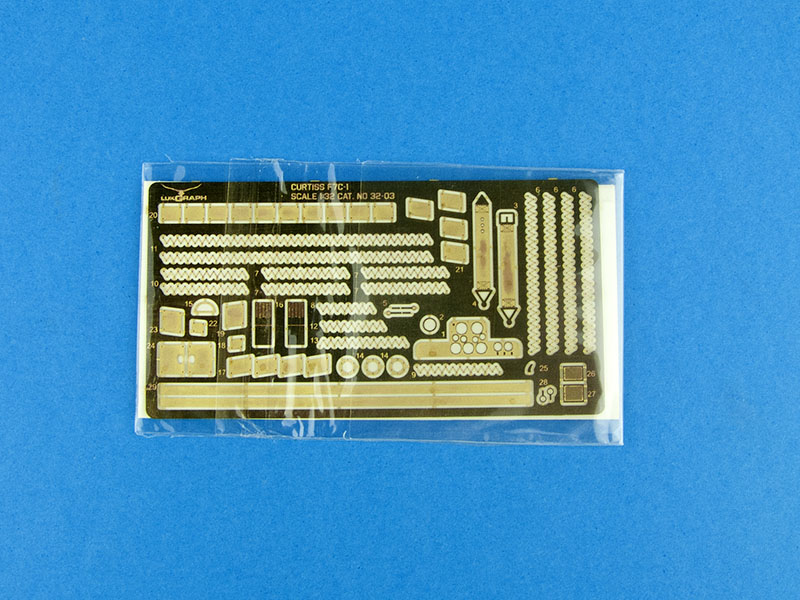
Accessories
Included in the kit is a small sheet of pre-printed, self-adhesive instrument dials. This is to be sandwiched between the resin instrumental panel backing pieces, and its respective photo-etched panel face. It's included in the same clear plastic sleeve as the PE fret:
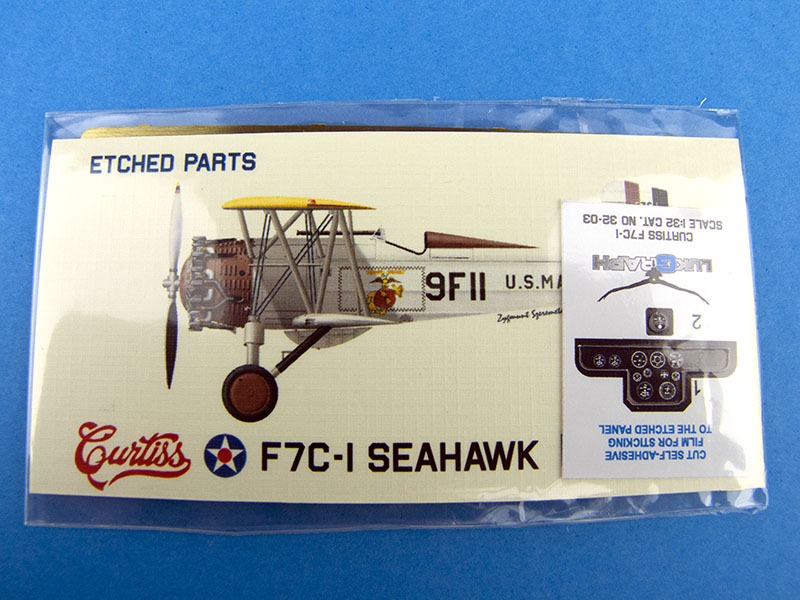
Also included is something of a nice surprise: a personalised postcard-style insert. A nice touch!
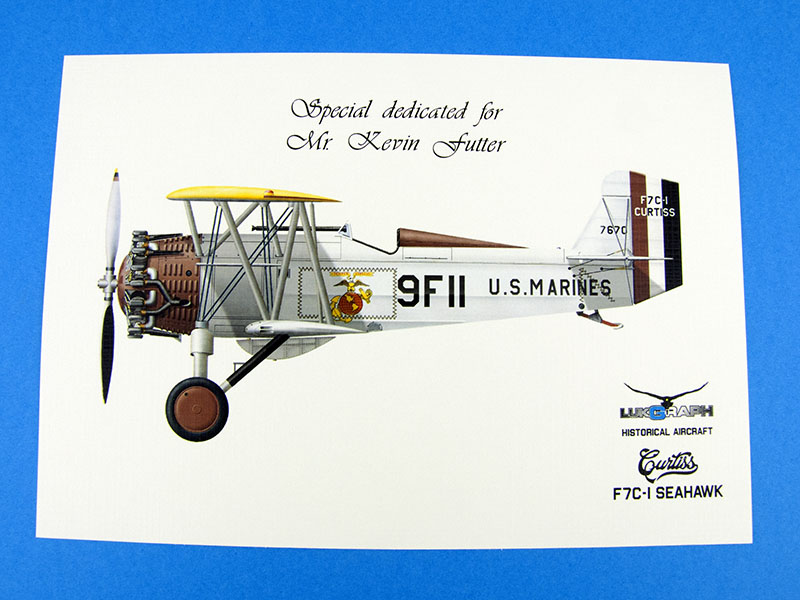
Decals and Markings
The kit decals are silk-screened, and appear to be printed in-house:
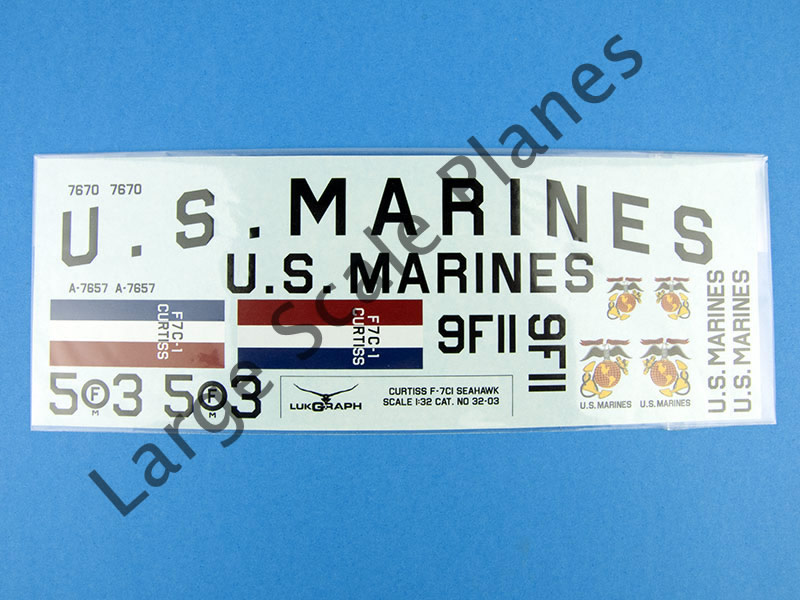
There's also a small sheet of national markings slipped into the rear of the plastic sleeve:
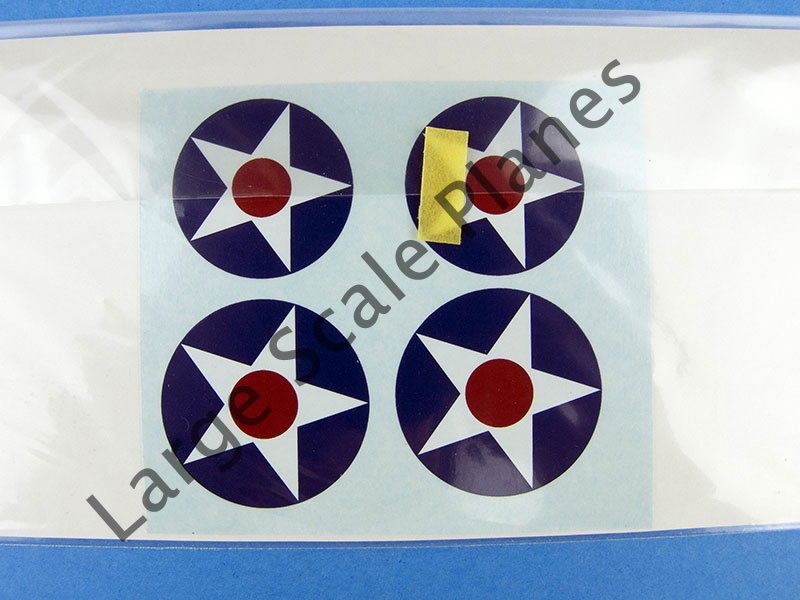
Registration and colour density are generally very good.
Markings are provided for two aircraft:
- Curtiss F7C-1 Seahawk A-7657
- Unidentified unit
- Curtiss F7C-1 Seahawk 7670
- Assigned to Captain James T. Moore, Commanding Officer of the Marine Corps Air Service East Coast Expeditionary Force
The painting guides are provided on the inside and outside of the rear cover of the instructions:
Instructions
The kit's instruction booklet is a full-colour, saddle-stitched affair whose spine is across the top, rather than along the left edge:
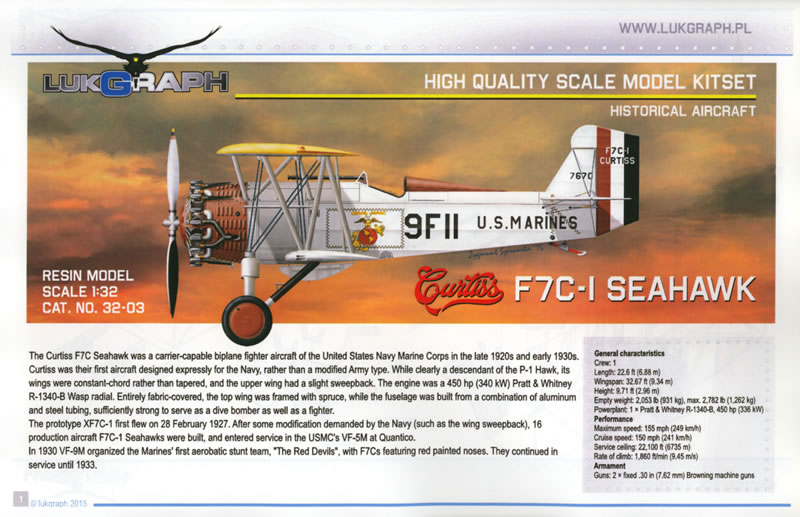
It's printed on quality glossy paper stock. Inside though, we see the expected exploded-view assembly diagrams, with annotations, and colour call-outs:
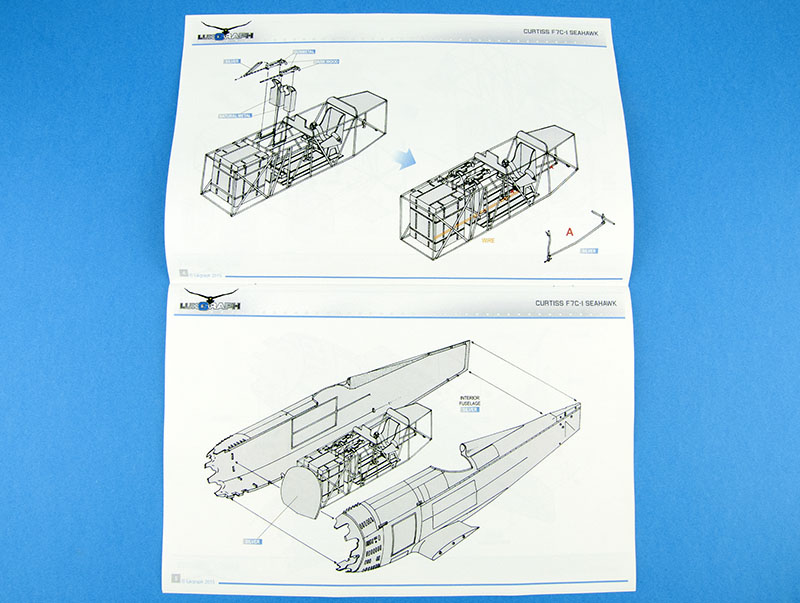 There's also a rigging diagram at the end, and we've already seen the included painting guides.
There's also a rigging diagram at the end, and we've already seen the included painting guides.

The assembly sequence as shown seems clear and logical, though locating and identifying all those small parts correctly will be a challenge! One thing the instructions lack is a parts map to assist with this process, so you're on your own when it comes matching the parts with the assembly drawings. The photo-etched parts are, however, called out using small orange squares containing their respective part numbers.
Conclusion
There's no doubt that this kit has some rough edges, but they're nothing an experienced modeller couldn't handle. This kit will require some skills and experience to get the most out of it, however, and I certainly wouldn't recommend it as a first resin model. In the right hands, though, all the ingredients are here for a very fine model of a highly esoteric subject, and I'm sure the company's models will continue to improve with each new release. I hope this early foray into 1/32 scale will extend to further releases, and I can recommend this one to any modeller interested in aircraft of the period.
Thanks to Lukgraph for the review sample.
© Kevin Futter 2015
This review was published on Saturday, November 14 2015; Last modified on Sunday, November 15 2015

